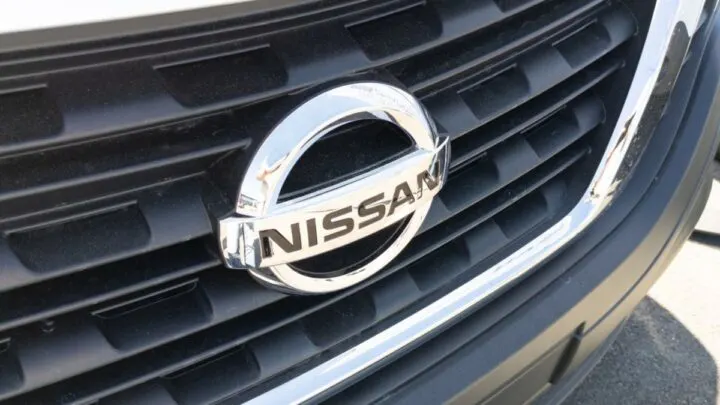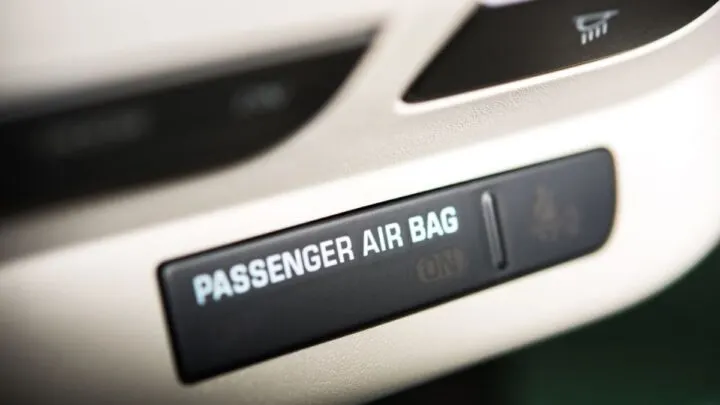When it comes to Nissan Sentra vs. Altima and their differences, both the cars have cutting-edge technology, but which one is the best choice for you?
Picking a car is tough. You have to pick between different brands and sizes, but it’s not as difficult when you know what features each of these cars offers!
The Sentra is smaller and less expensive than the Altima, but it also has less power and lowers fuel economy. The Altima has more power and better fuel economy, but it’s also more expensive. Ultimately, the best choice for you will depend on your needs and budget.
If you’re in the market for a new car, you may be considering purchasing either a Nissan Sentra or an Altima.
Both cars are excellent choices, but there are some key differences between them that you should consider before making your decision.
Let’s take a look at those differences so that you can decide which car is right for you.
Our team has done extensive research on this topic to provide you with the information that will help you decide which car you want to take home!
Key Differences between Nissan Sentra vs. Altima
The Nissan Sentra has been a mainstay in the compact sedan segment for many years. It’s a reliable and affordable car that has proven to be popular with buyers.
The Nissan Altima, on the other hand, is a midsize sedan that offers more space and features than the Sentra.
Although both cars are from the same manufacturer, there are some key differences between the two that buyers should be aware of.

Exterior Dimensions
The first place to start when comparing the Sentra and the Altima is with their dimensions.
The Sentra is a compact car, while the Altima is a midsize car.
This difference in size is most apparent when you look at their overall length and width.
The Sentra is 179.6 inches long and 69.3 inches wide, while the Altima is 189.4 inches long and 72.8 inches wide. The Sentra is also a bit shorter than the Altima, with a height of 57.9 inches compared to the Altima’s 59.1-inch height.
While the difference in size between these two cars is noticeable when you look at their dimensions, it’s important to remember that this doesn’t necessarily mean that one of them will be a better choice for you than the other.
There are plenty of people who prefer smaller vehicles and find that they have all of the space they need
Interior Design
The interior designs of the Nissan Sentra and Nissan Altima are also quite different from one another.
The Sentra has a sportier, more compact feel to it, while the Altima appears more spacious and luxurious.
Some of the other differences between these two vehicles include:
- The seats in the Sentra are upholstered with cloth, while the seats in the Altima are upholstered with leather.
- The Sentra has a different dashboard design, which includes an informational display that shows information like the time and the temperature. The Altima’s dashboard is more minimalist, with a similar configuration but lacking this extra feature.
- The Sentra is a bit more compact, offering just over 96 cubic feet of passenger space in terms of roominess. The Altima provides slightly more room for passengers, with almost 99 cubic feet of space.
- Both vehicles offer similar trunk space and storage compartments, but the Sentra has an advantage in folding down its rear seats to create even more space if needed.
Overall, the Sentra and Altima have different designs that will appeal to different drivers.
The Sentra is a good choice for those who are looking for a sportier, more compact car, while the Altima is a better choice for those who want a bit more space and luxury in their vehicle.
Performance
There are a few key differences between the Nissan Sentra vs. Nissan Altima when it comes to performance.
The Sentra is powered by a smaller 1.8-liter engine, while the Altima features a larger 2.5-liter engine. As a result, the Altima has more power and torque than the Sentra.
The Altima is also available with a CVT transmission, while the Sentra only offers a 6-speed manual or CVT. AWD is available for the Altima, but just front-wheel drive is available for the Sentra.
When it comes to fuel economy, Sentra and Altima are very similar. The Sentra gets up to 27 mpg in the city and 35 mpg on the highway, while the Altima gets up to 28 mpg in the city and 39 mpg on the highway.
However, some drivers may experience a slight difference between these numbers in real-world driving conditions.
Overall, both vehicles are great options for drivers who want a reliable and efficient sedan. However, the Altima offers more power and features than the Sentra.
If you’re looking for a sportier ride, the Altima may be better. Sentra is a great choice if you’re looking for a more budget-friendly option.
Comfort and Luxury
The Nissan Sentra and the Nissan Altima are two of the most popular sedans on the market.
But which one is right for you? Here’s a look at the comfort and luxury differences between these two models:
The Nissan Sentra is known for its comfortable, spacious interior. It’s a great choice if you’re looking for a sedan that’s both practical and affordable.
The Nissan Altima is a step up in terms of luxury, with a more upscale interior and features.
It’s a great choice if you’re looking for a sedan with all the bells and whistles. The Nissan Sentra is a great option if you’re looking for a comfortable, practical sedan.
Whichever one you choose, you can’t go wrong with these popular sedans.

Safety Features
When choosing a car, safety is always a top priority. Both the Nissan Sentra and the Nissan Altima are great options for safety features.
However, you should be aware of some differences between the two models.
The Nissan Sentra comes standard with six airbags, while the Nissan Altima has eight airbags.
The Sentra also has a Blind Spot Warning system, which is not available on the Altima.
Both models come with a rearview camera, but Sentra’s camera has a wider field of view. The Altima’s camera does not have this feature.
The Sentra has a Tire Pressure Monitoring System (TPMS), while the Altima does not.
The Sentra also has a standard Intelligent Forward Collision Warning (I-FCW) system. This system is not available on the Altima.
The Sentra has a standard automatic emergency braking system, while the Altima does not. Sentra’s braking system has been optimized for pedestrians, while Altima’s has not.
The Nissan Sentra is the better choice when it comes to safety features.
It has more airbags, a Blind Spot Warning system, and a wider field of view for the rearview camera.
It also has a TPMS and an I-FCW system. If you’re looking for a car with great safety features, the Sentra is the way to go.
Summing Up The Nissan Sentra vs. Altima
Both cars offer great safety and driving settings, and choosing between the two really just depends on what kind of look you want for your car, along with your price range and a few other small details that change from driver to driver.
Hopefully this guide has given you a good enough look between the two so you can now choose if you want to invest in a Nissan Sentra or Altima!
